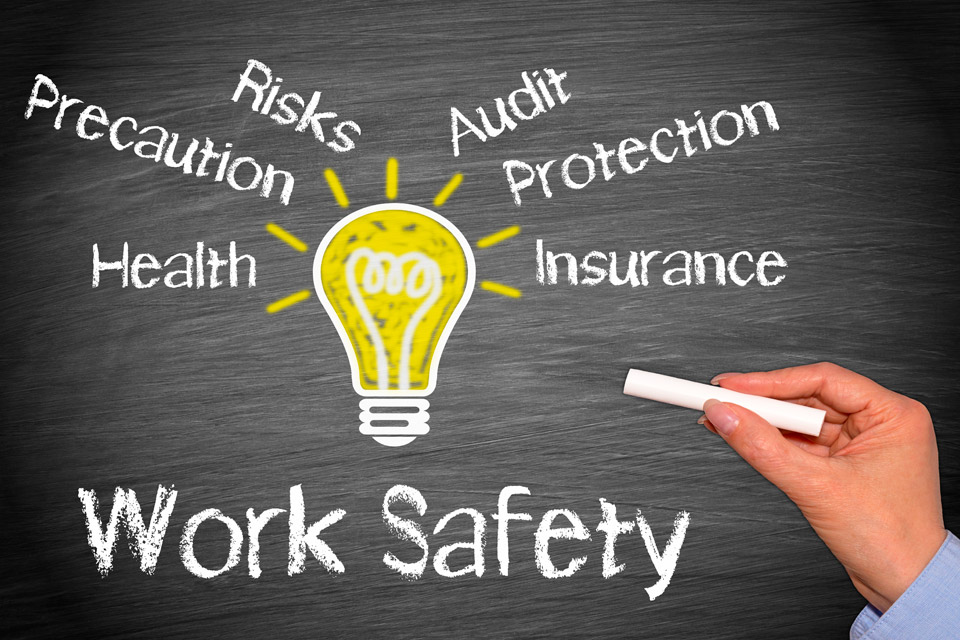Health & Safety and Electricians
The three greatest dangers for electricians are working with electricity, working in confined spaces and working at heights, according to the HSE.
 An electrician is one of the most dangerous trades because electricity is invisible.
An electrician is one of the most dangerous trades because electricity is invisible.
“You can’t see it, you can’t hear it and it has no smell”
You can see water running out of a tap , you can see a timber beam that might fall down but you can’t see electricity, adding that this is why, along with plumbing it is classed as high risk work.
These increased dangers mean following correct safety procedures is critical, including the use of safe work method statements, wearing compliant clothing and PPE, developing procedures and training and monitoring workers to ensure they are competent.
Particular attention should be placed on supervising apprentices and a safety observer should be on standby for hazardous and live work where it is unavoidable.
The most important precaution is not working with live electricity. Electricians should never work live unless there are exceptional circumstances. They should test before and after their work to ensure the safety of themselves and others.
The PPE required for electrical work will depend on the circumstances. Working in a domestic environment requires different PPE to working with high voltage or industrial installations where face shields, gloves and insulating mats are required in many cases.
For clothing, you can’t be wearing synthetic fabric doing electrical work – if there is an incident it could melt onto your skin. One suggestion is supplying your staff with flame retardant clothing.
Also another consideration is to supply your staff with compliant long sleeve, high vis shirts, long trousers, hats and boots. Although heavy, non-flexible steel-capped boots could increase dangers when working at heights or on roofs and that all PPE and corrective action used should be based on an individual risk assessment of each job/task.
Insulated boots designed specifically for electricians might help in the event of an incident, but that “test before you touch” and “not working live” offered far better protection.
Other dangers for electricians include working at heights and in confined spaces.
When staff are working at heights they must be working in a three-point harness and have completed working safely at heights training.
Dangers in confined spaces such as in roofs and under houses included heat stress, a build up of gases, old failing or perished cables – potentially as a result of vermin eating the sheathing, ceiling insulation that has not been properly installed, old earth protection systems, non-compliant materials or previous work – such as Infinity cables or DIY work.
With the duty of care on employers they must have safe work method statements, risk assessments, procedures and policies in place. The staff must also be aware and understand all of these documents.
“It takes the stress away – being trained by health and safety professionals and having competent staff make all the difference to the work being completed faster and safer.”
There are a huge amount of electrical safety training schemes that can be followed and gained accreditation.
I also suggest having regular tool box talk sessions and having an upto date training matrix in place. Followed up by regular staff/site meetings.
Should you need any further information please contact joanne@chestnutassociates.co.uk


